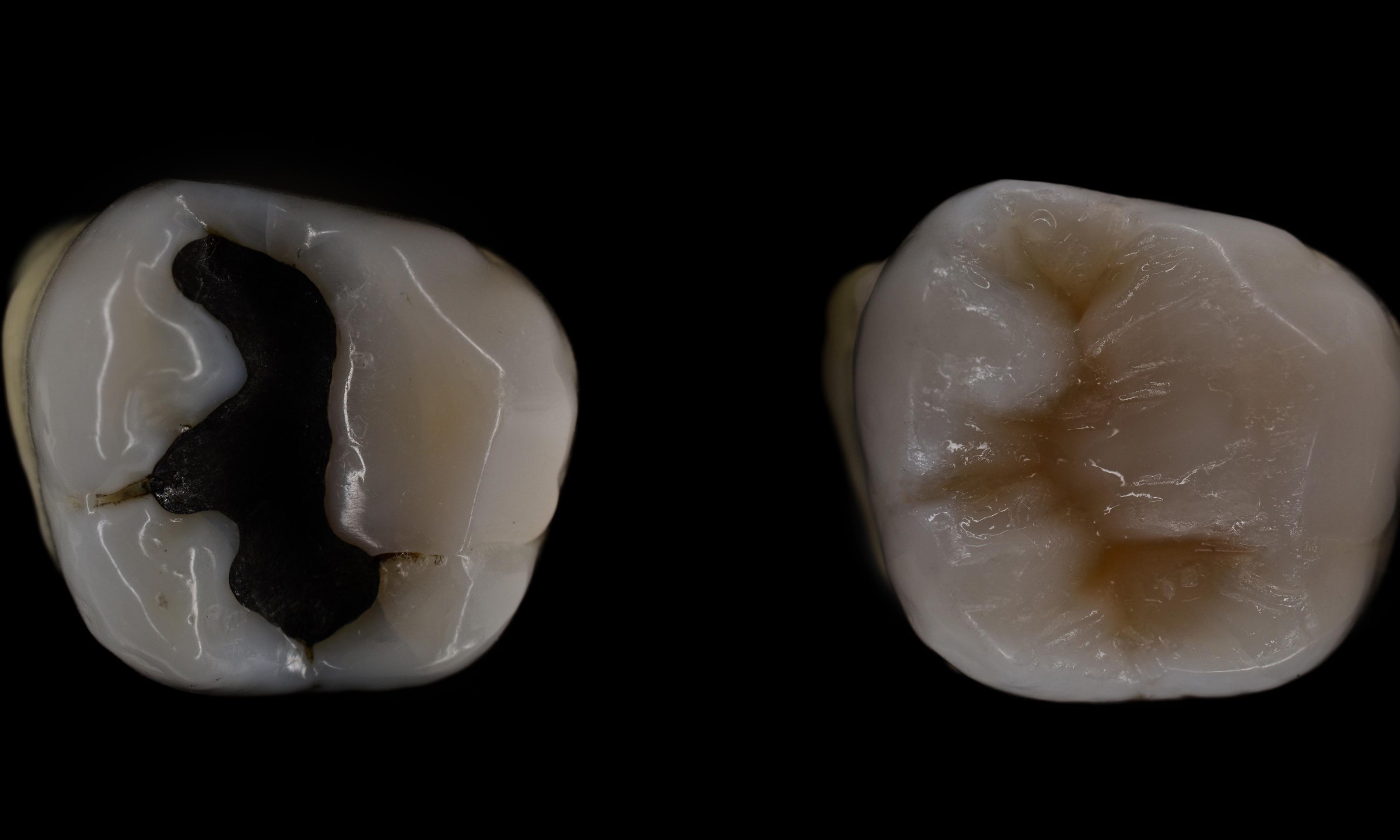What is Restorative And Aesthetic Dentistry?
Restorative and aesthetic dentistry encompasses a broad spectrum of treatments aimed at restoring dental function and enhancing the aesthetic appeal of teeth. This field addresses a variety of dental issues, from structural damage like dental caries to cosmetic concerns. Treatments such as composite veneers are particularly notable for both their functional and cosmetic benefits. These veneers not only correct visual imperfections but also serve as a protective layer, preserving the underlying natural tooth.


